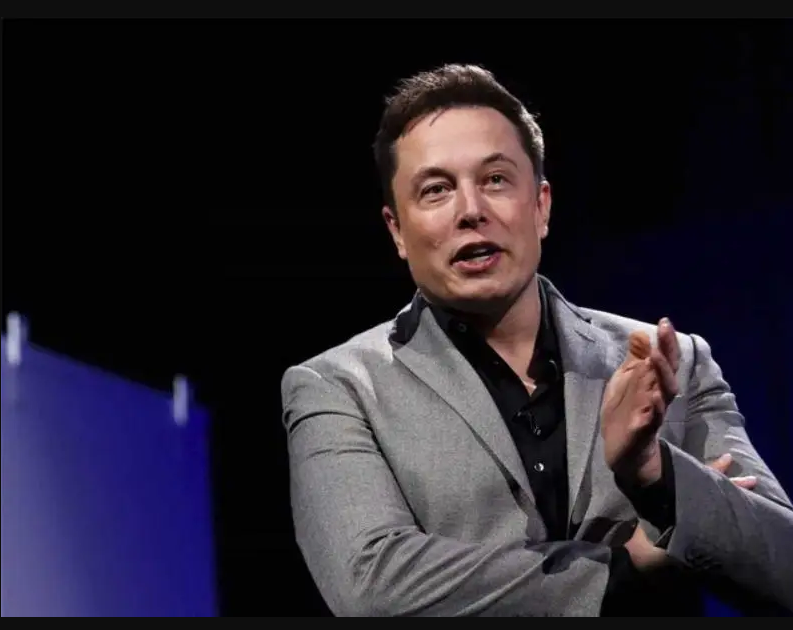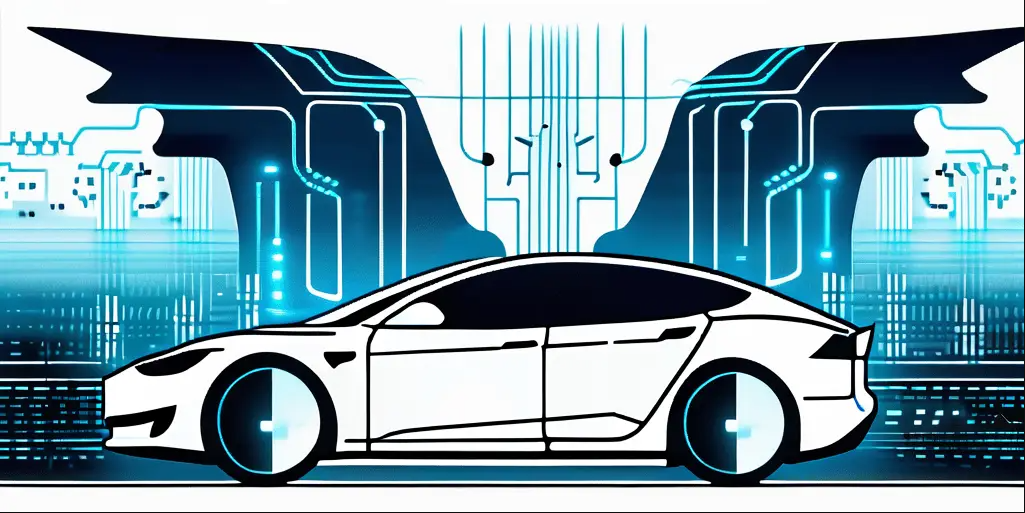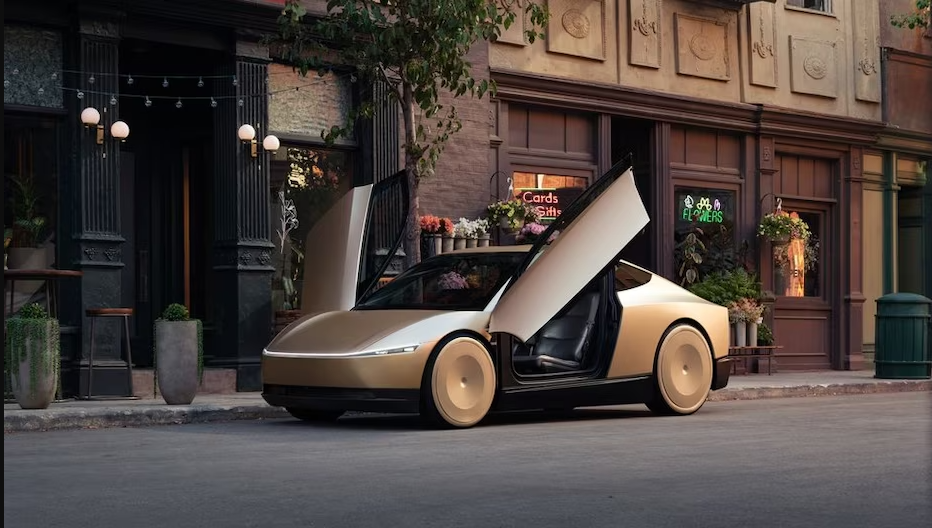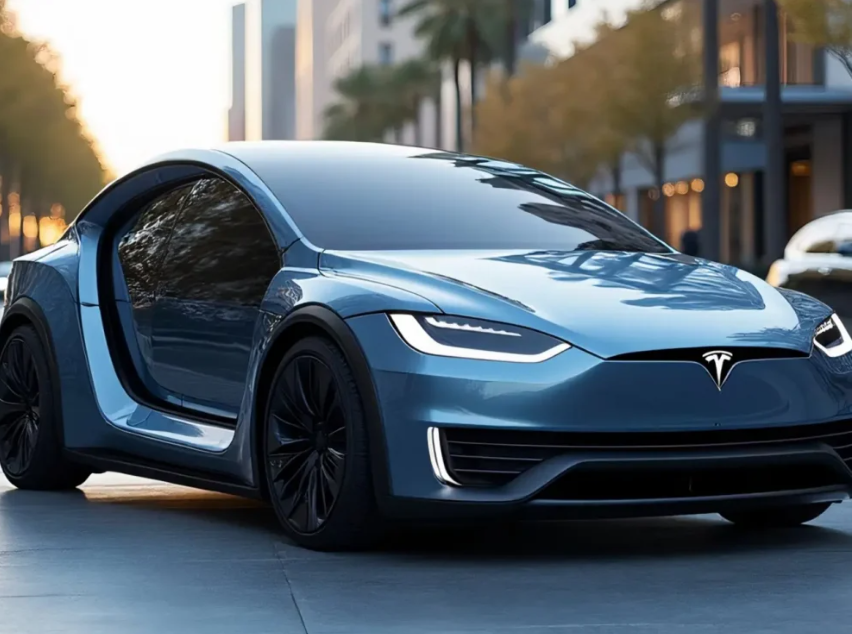Tesla is making progress toward its ambitious objective. Using driverless vehicles to revolutionize transportation in the future, spearheaded by Elon Musk. A crucial element of this plan is Tesla’s creation of robotaxis, which Musk thinks would improve traffic safety because of the benefits of total autonomy. These autonomous vehicles seek to reduce human error and increase road safety via ongoing advancements in self-driving technology. Travel is about to enter a transformational age because of Tesla’s commitment to building safe autonomous vehicles.
The Workings of Tesla Robotaxis
Artificial intelligence and autonomous vehicle power Tesla has produced self-driving cars called robotaxis. With the aim of delivering the best possible experience, this technology enables Tesla’s autonomous cars to drive across highways, adapt to changing traffic circumstances, and make snap judgments. Every robotaxi is made to function without a human driver by using artificial intelligence to manage every facet of driving. By achieving full autonomy, Tesla can ensure road safety by using technology to reduce common driving errors. Through ongoing software updates, robotaxis can continually improve the performance. These driverless cars, keeping them equipped with the latest advancements in self-driving technology and road safety standards.
The Reasons Elon Musk Believes Tesla Robotaxis Will Be secure
Elon Musk asserts that Tesla’s robotaxis will outperform human drivers when it comes to of protection. He argues that since machine learning (AI) makes decisions more quickly and accurately than individuals, it reduces the likelihood of fatalities in automobiles. These completely autonomous vehicles can operate without the hazards associated with human limitations, such as fatigue or distraction. Tesla can concentrate on accomplishing its main objective, which is to increase road safety, since autonomous vehicles handle these problems. Self-driving technology, in Musk’s opinion, will safeguard other drivers and pedestrians. Tesla’s robotaxis have an opportunity to become the industry preferred method of reliable and safe conveyance because they don’t need a driver.

An Analysis of AI and Autonomous Technologies in Tesla Robotaxis
Using real-time data processing, this self-driving system scans its environment and reacts to objects such as cars, people walking, and other vehicles. Tesla’s autonomous vehicles map their surroundings using a range of imaging devices and sensors to provide accurate and quick operation. When Tesla is fully autonomous, it can do complicated jobs like driving more skillfully, committing fewer traffic infractions. Establishing new benchmarks for transportation for upcoming generations. With AI analyzing patterns and learning over time, Tesla robotaxis can navigate diverse road scenarios safely, making them highly capable in urban settings.
Tesla Robotaxis: The Transportation of the Future
Future transportation technology will develop significantly with the introduction of Tesla Robotaxis. Such fully driverless cars aim to reduce contamination, enhance congestion, and provide a more economical form of transportation. Elon Musk claims that cars driven by humans will ultimately give way to driverless ones as the main mode of shipping, especially in congested cities. With robotaxis, transport could get easier and more effective as it wouldn’t need a driver. Tesla’s self-driving technology has the potential to improve environmental sustainability in addition to road safety since AI in cars can optimize routes and drive more effectively. If successful, Tesla’s robotaxis might completely transform urban transportation, improving safety and navigating across cities.
The Difficulties Tesla Faces in Reaching Complete Autonomy
Although Tesla has lofty objectives, complete autonomy in robotaxis remains a formidable obstacle. To build autonomous cars that can navigate any type of road condition, a lot of testing, cutting-edge tools, and continuous advancements in self-driving car technology are required. Getting regulatory permissions is another challenge because autonomous car rules and safety regulations differ greatly between states and nations. Furthermore, some critics are concerned about the dangers of using AI in cars to handle challenging circumstances. Tesla’s claims about road safety are under threat from problems like intermittent environmental conditions, cyberattacks, and system faults. Although Elon Musk is optimistic that Tesla’s robotaxis will succeed in overcoming these challenges, the business needs to deal with these problems in order to get public acceptance and confidence in autonomous vehicles.

The Social and Economic Effects of Robotaxis
Significant social and economic ramifications could potentially result from the widespread use of Tesla robotaxis. Autonomous vehicles could have an effect on sectors including public transportation, delivery services, and taxis that depend on drivers. Tesla’s introduction of autonomous vehicles may displace some conventional driving positions while also opening up new career opportunities in technology, data analysis, and artificial intelligence in autos. Due to robotaxis‘ ability to eliminate the requirement for driver compensation, full autonomy may result in decreased transportation costs. Socially, individuals who are unable to drive, such as the old or crippled, may find it easier to move around thanks to Tesla’s robotaxis. Self-driving technology may lead to a more inclusive future in transportation, as Elon provides a more comfortable and approachable mode of transit.
How Tesla Robotaxis Fit into Sustainable Transport Goals
Tesla’s self-driving cars support the objectives of cutting emissions and limiting pollution, which are in line with the escalating concerns over environmental sustainability. Tesla wants to build an autonomous, renewable energy-powered transportation system with fewer emissions by making robotaxis electric. Full autonomy in driverless cars can optimize driving patterns, resulting in more efficient energy use. With self-driving technology designed to minimize unnecessary acceleration and braking, robotaxis contribute to sustainable transportation goals. Elon Musk envisions a future where AI in vehicles not only improves road safety but also addresses climate concerns by reducing the carbon footprint of daily travel.

Overcoming Regulatory Obstacles and Public Skepticism
Even with all of the benefits, Tesla still needs to deal with regulatory obstacles and public mistrust. Before robotaxis becomes a common practice. Many continue to doubt the dependability and safety of autonomous vehicles and express concern over any mishaps or malfunctions in the system. Governments must also set forth precise rules for driverless cars to guarantee that traffic safety requirements are satisfied. To establish industry norms for self-driving technology and demonstrate that its robotaxis is safe for general public usage. Robotaxis needs to collaborate closely with regulators. To make Tesla’s vision of transportation a reality, it will be necessary to win over the public and comply with legal constraints.
FAQs
Tesla robotaxis are autonomous cars that can carry people eliminating the need for drivers to operate in a convenient and safe manner.
Elon Musk claims that Tesla’s AI and completely autonomous features make the cars safer.
Tesla’s autonomous cars use artificial intelligence (AI) to recognize threats, respond quickly, and adapt to changing traffic patterns in order to guarantee road safety.
With its more efficient and secure travel options that reduce traffic, accidents, and environmental harm. The robotaxis has the potential to completely transform the transportation industry.
